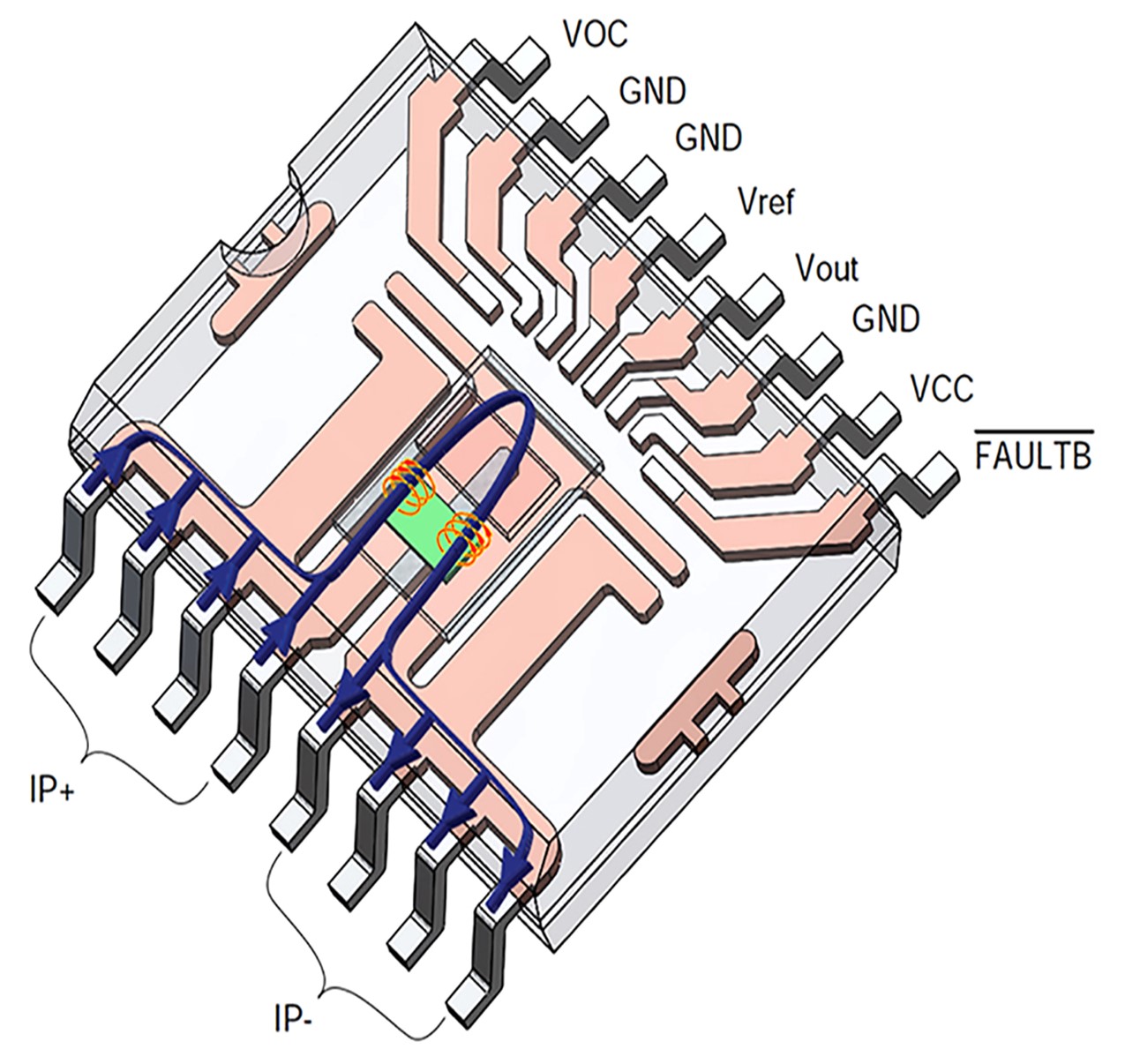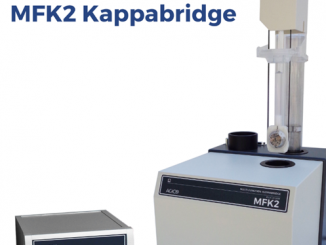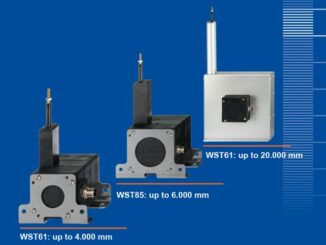
Aceinna has introduced a current sensor for the design of new wideband gap power systems that is based on anistropic magnetorestrictive (AMR) technology. It is the industry’s most accurate and highest bandwidth current sensor yet, says the company.
It can be used in a wide variety of applications like DC fast charging, server, telecom & industrial power supplies, industrial robots and manufacturing systems, home automation & IoT applications, appliances, inverters and motor control. Designed for wideband gap applications, the high current ±65 Amp MCx1101 Current Sensor is available in 3.3- and 5-Volt versions.
Welcome to the annual Magnetic Sensing Fest at Magnetics Magazine.
Stay tuned for more!
“These current sensors are fully integrated, bi-directional and provide much higher DC and AC accuracy and dynamic range compared with alternative solutions,” says Teoman Ustun, VP of Marketing. Fast response and high bandwidth make it ideal for fast switching SiC and GaN based power stages and enables power system designers to make use of the higher speeds and smaller components enabled by wide band-gap switches. They deliver a combination of high accuracy, 1.5MHz signal bandwidth with industry benchmark phase shift vs. frequency, fast output step response and 4.8kV isolation making them ideal for current sensing in fast current control loops and protection for high performance power supplies, inverters, and motor control applications.
According to Aceinna, AMR technology has significant advantages compared to other approaches such as Hall, CT (current transformer) and shunt resistors. Compared to Hall-based current sensors, AMR provides significantly higher bandwidth and dynamic range; Compared with CT’s, AMR offers reduced size and cost, as well as response to dc; in comparison with a shunt resistor, AMR provides a fully integrated solution, eliminating the external amplifier and related circuitry required for high voltage isolation, which is a significant challenge at high frequencies. In addition, shunt resistors require enough IR drop to achieve accuracy goals at the low end of the current range, which often means they are dissipating undesirable levels of power at nominal currents. By contrast, the AMR device only measures the magnetic field generated by the current, so the I2R losses can be minimized. For more info, see www.aceinna.com.



